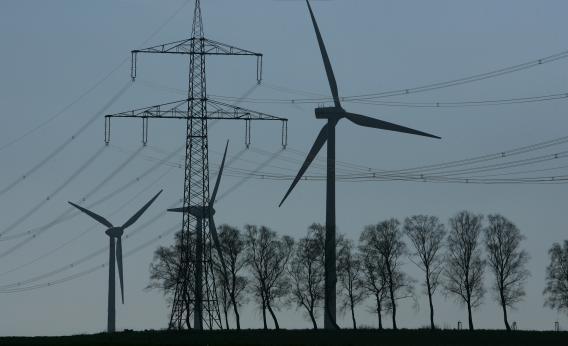I’m a week behind in my Under The Dome watching, but Episode 3 features a scene in which the know-it-all Goth-looking girl from out of town is explaining to another kid that his exploitation of the monopoly power provided to him by possession of an electrical generator in a town that’s cut off from the outside world by a mysterious dome is a violation of the Sherman Anti-Trust Act.
Sadly, this is not the case. Whether you’re trapped under a dome or just trying to enjoy life, the Sherman Act is not going to save you from an electrical utility monopoly.
The fact is that market competition simply doesn’t work in the utility arena. Imagine a city with no electricity. Building an electrical grid to power the whole city would be enormously expensive. But it would also be enormously profitable, since electricity is very useful. But now imagine a city that already has electricity. Building a second competing grid would still be enormously expensive. But it would be much less profitable than the first grid, since prices would fall and you’d get a lower market share. To get really serious competition you’d need three or four or five overlapping grids, but each new grid would be less profitable than the previous one. In practice only one grid gets built and the grid-owner has a monopoly.
But it’s not a monopoly that you can “bust” in a sensible way with anti-trust law. Breaking the utility monopolist up into two separate companies doesn’t create competition, it just means you have one monopolist in half the city and another monopolist in the other half. Instead of anti-trust law, we have two options. One is regulation where the government basically says “since you’re a monopoly, your rates are going to be set by a Public Utility Commission instead of by price gouging.” The other is public ownership, where the government establishes a city-owned monopoly that can set rates lower than the profit-maximizing level. On paper, either of these ideas is fine. In practice they both suffer from the identical problem that utility regulation is boring and normal citizens aren’t going to monitor it closely. Insiders and special interests are going to tilt utility policy to their own interests. Instead of regulation being conducted in the public interest, in other words, “Big Jim” is going to use it to reward his cronies or advance his political agenda.
This just happens to be one of the really hard problems of public policy that nobody’s devised a fully adequate solution to. There’s a lot that would suck about living in a small town trapped under a mysterious dome, but this particular quandry exists either way.
